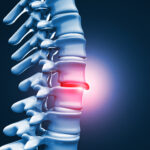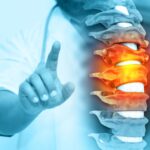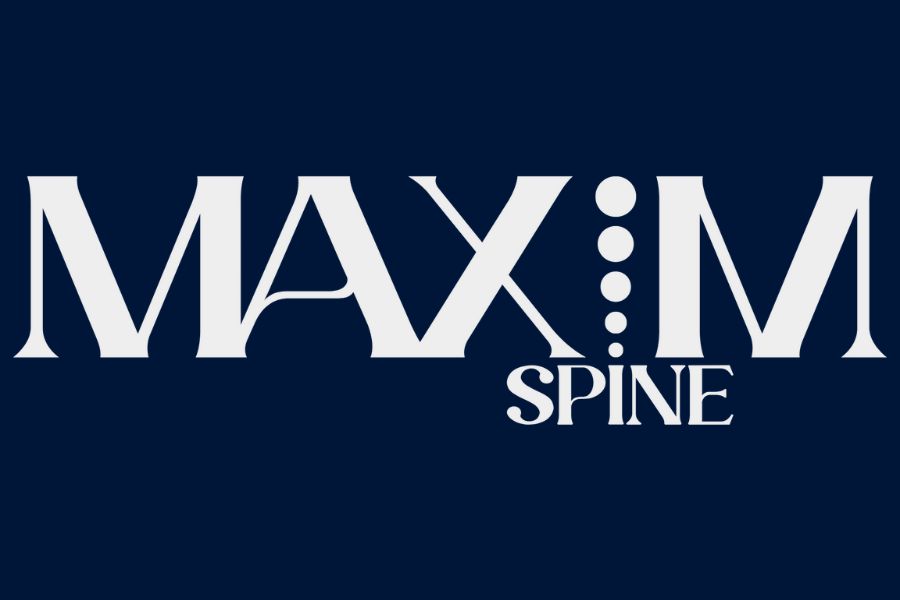
Doctor Advances Spinal Care with Motion Preservation Surgery
Many back patients aren’t aware that motion preservation surgery is a unique alternative to traditional spinal fusion surgery. While fusion eliminates motion at the fused point of contact, motion preservation surgery aims to restore a spine’s natural movement.
This is where the Total Posterior Spine System, or TOPS, is playing a groundbreaking and innovative role in patient care. The TOPS System is a mechanical implant device that replaces the bony and soft tissues removed during spinal decompression surgery.
Just recently announced, the U.S. Food and Drug Administration’s trial of TOPS was approved for use at Morristown Medical Center. Local New Jersey-area spinal doctor and Maxim Health founder Scott Meyer was involved in this unique trial. His unparalleled approach in caring for patients suffering from spinal disorders has been spotlighted nationally over the years.
For instance, Spondylolisthesis is a condition where one vertebra slips forward over the one below it. This slippage can lead to a narrowing of the spinal canal. It can put pressure on your nerves and cause breathtaking pain, numbness, or weakness in the legs.
Fortunately, Dr. Meyer’s integration of the TOPS System alternative to spinal fusion can simultaneously relieve patients’ pain and preserve motion. This remedy targets the underlying cause of pain, such as a herniated disc or bone spur. It also helps in maintaining your spine’s natural flexibility and range of motion.
What’s more: it’s geared to prevent Adjacent Segment Disease by reducing stress on spinal segments near the treated area.
Motion Preservation Surgery Prevents Instability
There’s a possibility of developing spinal instability over the long term if patients don’t consider motion preservation surgery. For some individuals undergoing spinal fusion surgery, your back may not heal properly. Adjacent segments of the spine may experience increased stress. Usually, it’s due to the immobility of the fused vertebral area.
This can lead to Adjacent Segment Disease, which causes pain, instability, and usually requires additional surgery. It refers to degeneration within your fused spinal-segment region.
The fused segment loses its flexibility, putting more stress and strain on your spine. You can think of it like a chain. When one link is rigid, the links next to it must work harder to compensate for a lack of movement. This can accelerate the wear-and-tear process in adjacent segments.
Adjacent Segment Disease can manifest in several ways, often mimicking conditions that led to the initial fusion surgery. This mimicking of symptoms can mirror Spondylolisthesis, Spinal Stenosis, Degenerative Disc Disease, or even Facet Joint Arthritis.
Some estimates suggest Adjacent Segment Disease can affect up to 25 percent of patients within 10 years after fusion surgery. The risk increases with the number of spinal levels fused. It’s more common in the cervical spine, or neck area, compared to the lower back.
With advancements in spine motion preservation, spine surgeons are “able to alleviate a patient’s pain,” states UC Health. “They are preserving and restoring motion while preventing the possibility of additional disease and surgery.”
TOPS System Achieves Better Spinal Decompression Results
TOPS System motion preservation surgery is an extraordinary solution in the latest spinal decompression advancements. It allows movement in all directions while preventing harmful forces. It’s performed as a treatment for Spondylolisthesis, Lumbar Spinal Stenosis, Facet Joint Arthrosis, and cysts.
Unlike traditional decompression or other solutions, this alternative to traditional spinal fusion offers controlled flexibility and stability. This is particularly beneficial for those with slipped discs.
“The TOPS System is attached to the posterior spine using pedicle screws,” says the U.S. Food and Drug Administration. “Once in place, it supports the weight of the body while allowing relative movement between the device’s endplates. This device can help maintain some movements of the lumbar spine, including axial rotation, lateral bending, flexion, extension, and translation.”
Clinically proven, TOPS provides immediate and lasting pain relief, enhancing the quality of life for patients. The system’s three key advantages are:
- Stabilization. It stabilizes the lumbar spine while restoring a healthy range of motion.
- Restored mobility.Patients regain the ability to bend, flex, walk, and enjoy everyday activities.
- Pain relief.Most importantly, patients experience immediate and sustained relief from pain.
Clinical studies have demonstrated the effectiveness of the TOPS System. It’s been found to alleviate leg and back pain for individuals with moderate to severe Spinal Stenosis. Multiple research reports have proven this true, whether a patient has or doesn’t have slipped discs or bone spurs.
Motion Preservation Surgery Discourages Spinal Disease
By preserving motion in the operating room, the TOPS motion preservation surgery reduces strain to your vertebrae after a fusion. In mitigating this stress, TOPS shields you from long-term degenerative changes at the micro-level between your vertebrae.
This breakthrough can potentially delay or even prevent the need for future surgeries in adjacent spinal segments. Overall, the recreation of natural motion in all directions is key to the success of the TOPS System.
Your spine moves in multiple planes: flexion, or forward; extension, or backward; lateral, or sideways; and axial, or twisting. When any of these motions are restricted, it impacts a person’s ability to perform everyday activities. By recreating these natural motions, the TOPS System helps patients maintain their functional mobility and independence.
Restricted or abnormal motion in the spine can often lead to pain. Limited movement puts additional stress on surrounding muscles, ligaments, and joints.
There’s also the potential for a quicker surgical recovery. Patients who undergo this alternative to spinal fusion experience a faster recouping period compared to those receiving traditional spinal fusion. Preserved motion helps maintain muscle strength and flexibility, which aids in the healing process.
Dr. Scott Meyer: Helping Patients Return to Active Living
Consider motion preservation surgery if your goal is to restore your spine to an active lifestyle. The ability to move freely and without pain is essential for a quality of life. By restoring natural motion, TOPS helps patients return to their normal activities, enjoyment, and wellbeing.
Dr. Meyer’s team of specialists in New Jersey provides personalized, best-in-class care that encourages a return to your daily routine. He understands the importance of doing what you love, customizing each patient’s personal plan, treatment, and recovery.
Nonetheless, as a surgeon, he remains at the forefront of advancements within the field of spinal surgery. Graduating from Brown University’s Warren Alpert Medical School, he completed residency at Mount Sinai Medical Center in New York City. Dr. Meyer was subsequently selected for a prestigious spine fellowship at UC San Francisco.
He has performed thousands of spinal surgeries over the last decade and remains a national leader in spine surgery. He is widely published in peer surgical literature and reviews, consistently presenting his research at industry gatherings and events.
Dr. Meyer has also served as scientific program chair for the Spine Summit’s annual meeting. This is a yearly gathering of the American Association of Neurological Surgeons and the Congress of Neurological Surgeons.
Currently, he is the only surgeon in New Jersey who is able to perform the TOPS System surgery. With Dr. Meyer and his team, your spine is in good hands.
Maxim Health
Looking for motion preservation surgery? This is where our groundbreaking approach intersects with your needs. Maxim Health is a beacon of innovation. Our comprehensive focus brings together luminaries in spine surgery for an unparalleled experience in care, expertise, and attention. With an extensive track record of successful and intricate procedures, Maxim is also at the forefront of surgical solutions. We help patients regain control of their lives, from non-invasive interventions to the latest advancements in pain relief.












